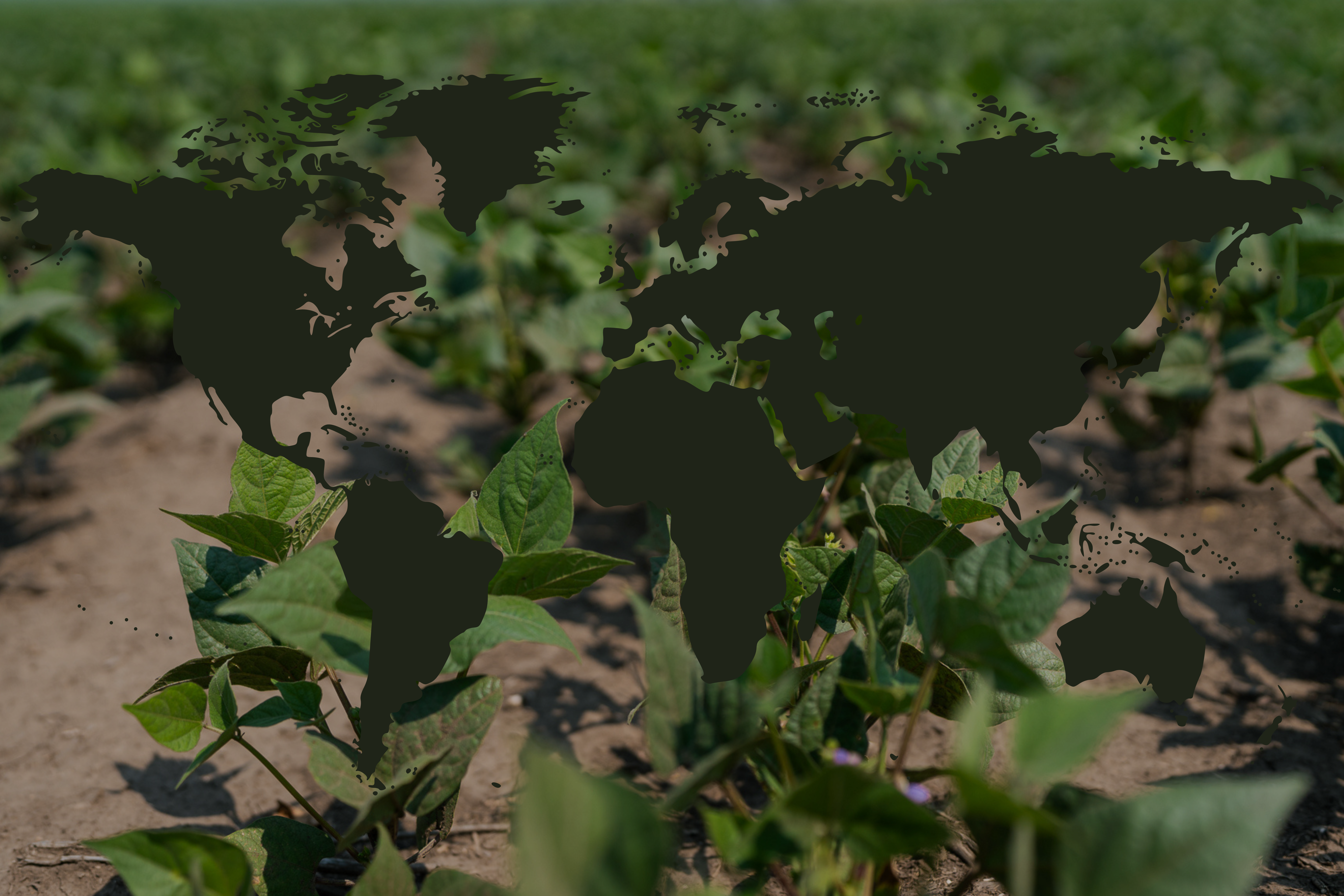By G. Chandrashekhar
August 2025
Indian agriculture in general, and the pulse crop in particular, is currently transitioning to Kharif planting and harvest season of 2025/26. The country is halfway through the four-month southwest monsoon cycle (June to September).
The forecast is for a “normal” monsoon with the possibility of a small surplus. Given the large size of the country, temporal and spatial distribution of rains is critical. So far, rainfall has been satisfactory across the country barring some regions (Bihar, Eastern Uttar Pradesh, and Rayalaseema in South India) that are currently deficient in precipitation.
Major pulse crops cultivated during Kharif season include Tur/Arhar (pigeon pea), Urad (Black matpe), and Mung (green gram). Small quantities of some minor pulses are also grown.
Key states of production of these pulse crops during Kharif season are Maharashtra, Karnataka, Rajasthan, and Madhya Pradesh. The good news is that all these states have received satisfactory rainfall so far and planting has been going on in full swing in last several weeks.
The normal Kharif planted area for pulses is 13 million hectares. The latest available Indian Agriculture Ministry’s weekly report on all-India progressive crop area planted shows Kharif pulses planted area at 9.3 million hectares, a tad higher than 9 million hectares this time last year.
But the disaggregated data present a different picture. Pigeon pea and Black matpe planted area is lagging last year’s level, while Mung area has expanded. It is premature to come to any definitive conclusion based on this as there is still some way to go before planting concludes and final acreage reports from different states are collated and released.
A clearer picture should emerge in the next few weeks. Of course, rainfall and weather conditions the next six to eight weeks are crucial. From the available data it is clear that India may at best have a modest harvest and not a large one.
In the last two Kharif seasons, actual production had fallen well short of the target. As compared with the Kharif target of 9.5 million tonnes in each of the last two years, actual harvest size was an estimated 7.15 million tonnes in 2024/25 and 7 million tonnes a year earlier.
Adverse weather conditions had impacted Kharif pulse crops which led to the government of India opening up pigeon pea and black matpe import. Currently, import of the two pulses is allowed until March 2026. Myanmar and some African origins (Mozambique, Tanzania) are main suppliers of pigeon pea while Brazil is eyeing the Indian market for Black matpe.
Strangely, the government has reduced the production target for Kharif pulses this year (2025/26) to 7.74 million tonnes and has called it tentative target. The target for pigeon pea is 3.7 million tonnes (down from last year’s 4.65); for black matpe 1.51 million tonnes (down from last year’s 3) and mung 1.62 million tonnes (down from last year’s 3.56).
It appears the Indian Agriculture Ministry has given up any hope of producing more pulses in the Kharif season. This writer believes paring down of production targets shows a defeatist mindset and a lack of coherent production enhancement strategy. It sends out a loud and clear message to the market that imports will remain open in the foreseeable future.
In addition to pigeon pea and Black matpe, India continues to allow import of chickpea (chana) and lentils (masur) both with 10% ad valorem customs duty. Despite demand from trade bodies, the government has extended the import of yellow pea at zero duty until March 31, 2026.
A broad estimate of current stocks at Indian ports is 620,000 tonnes of yellow pea, 430,000 tonnes of chickpea, and 206,000 tonnes of red lentil. Pigeon pea from African origins should start to arrive from mid-August and from Myanmar December onwards.
India celebrates a series of festivals during August-September-October when Kharif crops get ready in the fields, stocks tend to be low, but demand high. This year, no shortage is anticipated and prices are expected to remain largely consumer-friendly.
Canadian green lentil will have a good market opportunity in India as it is perceived as a good substitute to Indian pigeon pea in various traditional food applications.
Overall, do not expect anything dramatic to happen in the Indian pulse market in the next three months.
G. Chandrashekhar is a Mumbai-based economist, senior editor, and policy commentator specializing in global agribusiness and commodity markets. He serves on corporate boards as Independent Director. Views are personal. He can be reached at gchandrashekhar@gmail.com.



